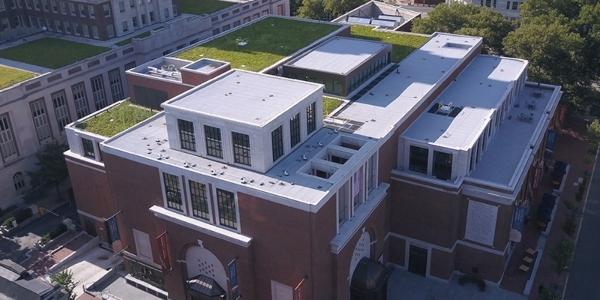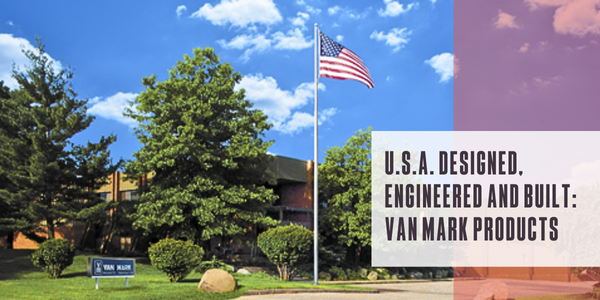4 Reasons Building Owners Choose Built-up Roofing

By Cass Jacoby, RCS Reporter.
Why BUR systems continue to be a smart choice for low-slope roofs.
Built-up roofing (BUR) is a popular roofing system used on low-slope roofs because it provides excellent waterproofing and UV protection. While BUR has been around for over 160 years, the material and installation processes have improved and evolved over time. While roofing materials and building design has changed over the last century, we talked to the experts at United Asphalts, a leading manufacturer, to learn about why BUR still remains a top choice for roofs.
1 - Longevity
BUR has a longstanding reputation of being one of the most sustainable and durable systems for building owners. Built-up roofs incorporate multiple layers of asphalt alternated with ply sheets for exceptional waterproofing. Because BUR is so sturdy, the roof can withstand even the toughest weather conditions. These layers also make BUR systems easier to maintain and repair. In fact, with the use of coatings that reduce thermal cycling, BUR lifecycles can be extended far past the life expectancy of other roofs.
2 – Cost effective
BUR offers the biggest bang for your buck. While initial installation can be more expensive than other methods, BUR’s return on investment over its lifecycle is incomparable. BUR’s superior resistance to hail damage, mold and wind uplift means the roof rarely needs expensive repairs and is much more cost-effective to maintain. That minimal upkeep, along with its lower costs, makes BUR roofing an excellent choice for a roof installation that won’t break the bank.
3 – Energy efficiency
BUR systems are often the most energy-efficient option in climate zones where heating and cooling costs are evenly split over the course of the calendar year. The use of white solvent and water-borne asphalt coatings, elastomeric coatings and/or highly reflective cap sheets has emerged as a means of making BUR roofs compliant with cool roof energy standards leading to reduced cooling costs in the summer. Whatever the climate, BUR roofs are perhaps the most adaptable providing contractors the ability to choose the exact level of reflectivity needed for a specific building type and environment, resulting in improved energy consumption overall.
4 – Time tested
BUR has a long history of being an effective roofing solution. BUR dates back to the 1840s, when it was known as composition roofing. The concept was so viable that it captured more than 90 percent of the flat-roofing market by the 1960s. Roofing technology can only maintain this level of relevancy by being reliable, dependable, and adaptable.
Conclusion
BUR systems are proven throughout history to provide exceptional energy efficiency, return on investment and durability. With so many advantages to a built-up roof system, it is no wonder why BUR systems have remained so popular for so long.
Learn more about United Asphalts in their RoofersCoffeeShop® or visit www.unitedasphalts.com.
Photo credit: United Asphalts






















Comments
Leave a Reply
Have an account? Login to leave a comment!
Sign In